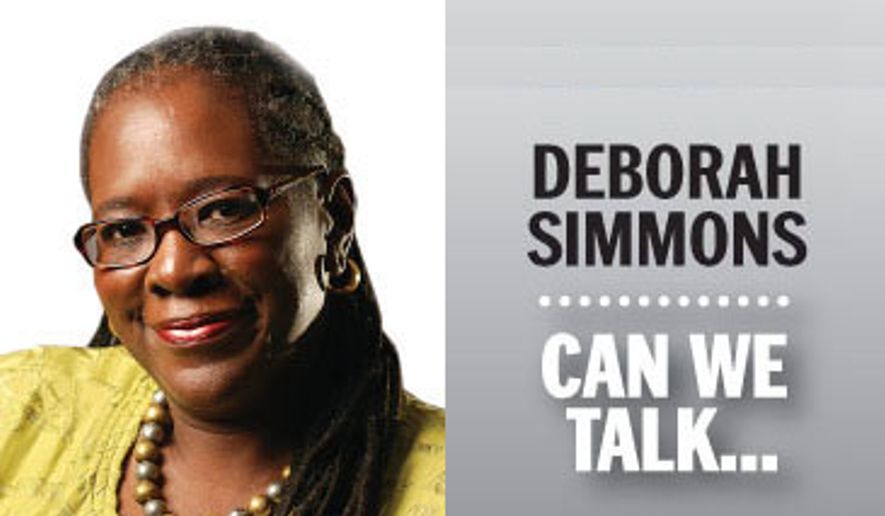ANALYSIS/OPINION:
D.C. Council member David Grosso, please pay attention. This column focuses on your lawmaking and appropriation wheelhouse: education.
Wonder no more why Johnny can’t read. It’s simple: The self-interest decks are stacked against him.
There are many, many reasons why Johnny can’t read and why Mary can’t calculate, and chief among them is because school districts allocate tax dollars for themselves first. Put another way, school district officials, whether appointed or elected, first tend to the folks who work for the “system,” including administrators, custodians, counselors and other nonteaching employees.
Students are an afterthought.
As for the public, the impression is given that the children with their butts in the classroom seats are the No. 1 priority, when the fact of the school-spending matter is that school district officials encourage school budgets be built from the top (read: administrators) down.
Let’s start with individual schools’ administration, which includes a position titled “Assistant Principal of Intervention.” The Bowser administration wants to continue this full-time position at eight middle schools and at Cardozo, a combined middle-high school. This employee is responsible for intervening in students’ school and personal lives to ensure that “supports and services are leveraged to effectively address the social, emotional and academic needs of all students.”
Whether such intervention actually aids Johnny in his language arts classes is unclear. However, the FY 2018 guide for D.C. Public Schools budgeting guide includes a spending mandate: “Funds should be exclusively used for staffing Assistant Principal of Intervention positions. Funds are not flexible and cannot be reduced or moved.”
Mr. Grosso and his 12 colleagues don’t get into the teaching-and-learning weeds, a problem that leads to the next job tile: “Custodial Staff.”
Each school is expected to have a three-member custodial staff responsible for opening and closing the individual schoolhouses and maintaining their cleanliness. The FY 2018 budget guide says each of DCPS’ 115 or so schools will be allocated $87 per student to cover custodial overtime costs. So, if a middle school’s enrollment is 250 students but only 50 parents show up at night to pick up report cards, the custodian is nonetheless paid the $87 per-student enrollment rate.
Makes you wonder, does it not, whether those student can even spell “custodial.”
Now take in some other nonteaching DCPS factoids:
• There are an estimated 90,000 students enrolled in DCPS’ traditional schools and in public charter schools.
• The mayor’s proposed FY 2018 budget for all things educational is $2.5 billion.
• The arithmetic leads to $51,488 per pupil.
That’s no mathematical exaggeration either — considering the $2.5 billion includes proposed funding for school utilities, modernization, grounds upkeep and custodial services, textbooks and technology and personnel.
That number is indeed interesting, however, since the schools chancellor said just last month that he was confident raising per-pupil expenditures by 1.5 percent would suffice, but the mayor this week changed her mind to a 2 percent increase.
Interesting as well was Mr. Grosso’s rebuttal on Thursday, in which he called the mayor’s new per-pupil move foul.
And Mr. Grosso is right. It is foul.
Yet, Mr. Grasso, your Education Committee’s oversight that allows the people in the “system” to reap tax dollars that barely, if ever, reach the classroom stinks to the heavens as well.
The mayor knows how to strong-arm lawmakers, and she’s playing the council like a Jimi Hendrix Fender guitar (one of which he set afire in Monterrey).
There’s no reason why DCPS can justify declines in teacher-pupil ratios but substantial increases in costs for nonclassroom personnel.
Please, Mr. Grosso, do the math so Mary can learn how to do it as well.
• Deborah Simmons can be contacted at dsimmons@washingtontimes.com.
• Deborah Simmons can be reached at dsimmons@washingtontimes.com.




Please read our comment policy before commenting.